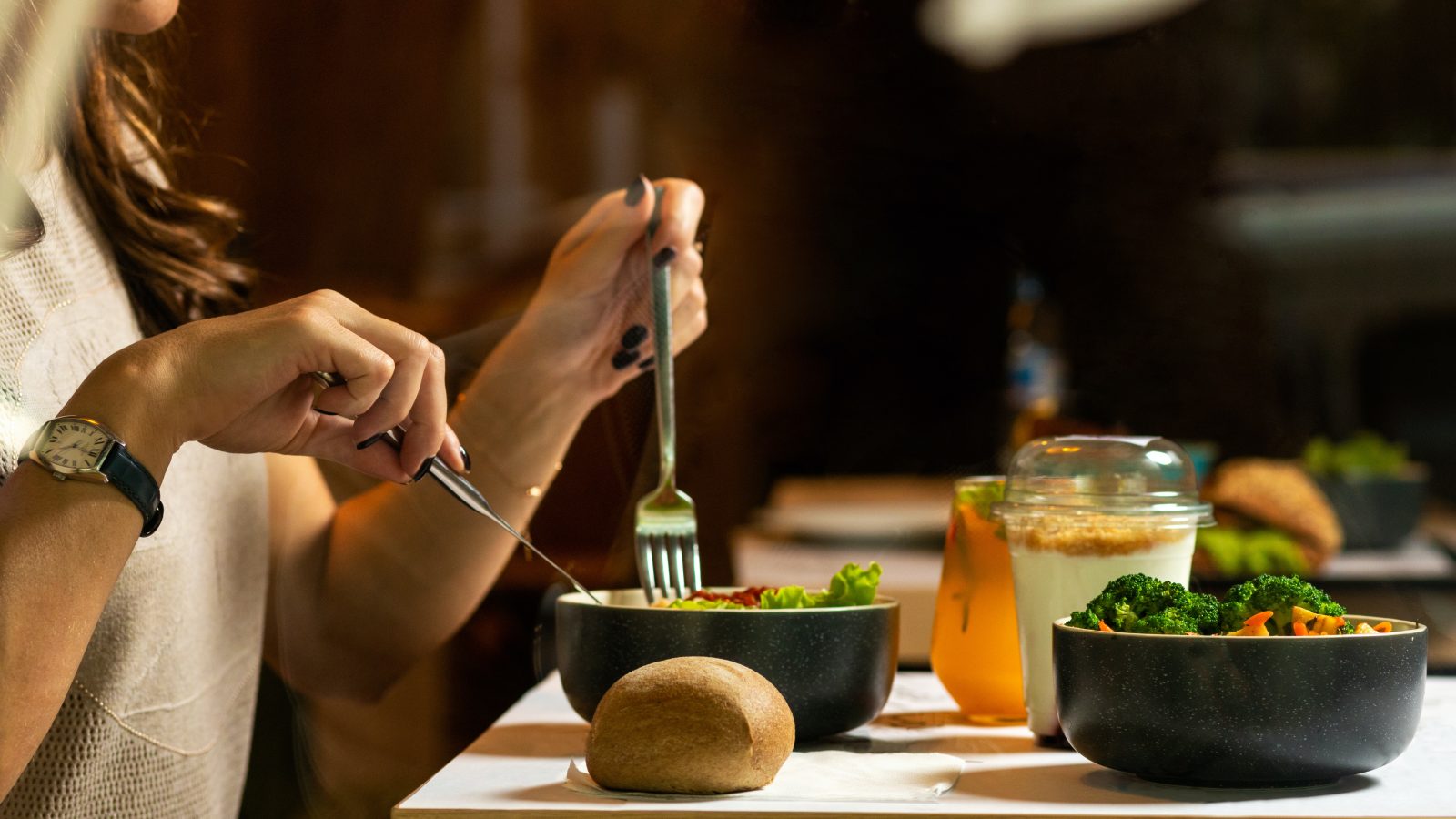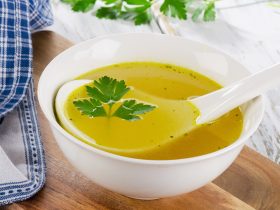Typhoid diet fever remains a significant health concern in numerous regions around the world. This illness can manifest with a variety of symptoms, including headaches, fatigue, stomach discomfort, and diarrhea.
While dietary modifications cannot cure this disease, the primary treatment typically involves antibiotics. However, certain dietary adjustments may offer relief from its symptoms.
This article offers a closer examination of the typhoid diet and offers insights into how to adhere to it.
Typhoid Fever and Dietary Considerations
Typhoid fever, a bacterial infection, is commonly transmitted through the consumption of contaminated food and water, often tainted with Salmonella typhi.
Although infrequent in developed nations, it remains a significant global health issue, responsible for more than 215,000 annual deaths worldwide.
Typhoid’s symptoms include fever, headaches, fatigue, weight loss, diarrhea, stomach pain, and reduced appetite.
While dietary modifications cannot directly treat typhoid fever, they may offer some relief from specific symptoms. Specifically, opting for nutrient-rich, gentle foods on the digestive system can provide sustained energy and help alleviate gastrointestinal discomfort.
How to Follow It
The typhoid diet primarily centers on easing digestive discomfort associated with typhoid fever while ensuring your body receives sufficient energy.
Limiting high-fiber foods that can exacerbate digestive issues linked to typhoid fever is important. These foods encompass raw fruits and vegetables, whole grains, nuts, seeds, and legumes.
Instead, opt for thoroughly cooked foods, canned or seedless fruits, and favor refined grains over fiber-rich whole grains.
Additionally, consider reducing the consumption of foods that can be challenging to digest, such as fatty or spicy items.
Staying adequately hydrated is crucial. However, given that typhoid fever stems from bacterial contamination, if you are in an area where the disease is prevalent, choose bottled water and refrain from consuming beverages with ice—unless the ice is produced from bottled or boiled water.
Embracing proper food safety practices is another integral aspect of the typhoid diet.
Maintain regular handwashing, thoroughly wash all produce, and steer clear of raw meat, uncooked fish, and unpasteurized dairy items.
Furthermore, exercise caution when consuming foods or beverages from unfamiliar sources, such as street vendors. Preparing your meals at home is a prudent choice in such circumstances.
Recommended and Restricted Foods on the Typhoid Diet
The typhoid diet promotes the consumption of nutrient-dense, easily digestible foods.
Foods to Eat
On the typhoid diet, prioritize foods lower in fiber, such as cooked vegetables, ripe fruits, and refined grains.
It’s crucial to maintain proper hydration by drinking an ample amount of water.
Here are some foods that are suitable for the typhoid diet:
Cooked Vegetables:
- Examples include potatoes, carrots, green beans, beets, and squash.
- Fruits: Opt for ripe bananas, melons, applesauce, and canned fruits.
- Grains: Embrace white rice, pasta, white bread, and crackers.
- Proteins: Consider incorporating eggs, chicken, turkey, fish, tofu, and ground meat.
- Dairy Products: Choose low-fat or fat-free pasteurized milk, yogurt, cheese, and ice cream (as tolerated).
- Beverages: Stay hydrated with bottled water, herbal tea, coconut water, juice, and broth.
Foods to Avoid
To facilitate digestion, it’s advisable to limit foods that are high in fiber. These include raw fruits and vegetables, whole grains, nuts, seeds, and legumes.
Additionally, spicy and fatty foods may pose digestion challenges and should be restricted on the typhoid diet.
Here are some foods that you should consider limiting or avoiding:
- Raw Vegetables: Examples encompass broccoli, kale, cauliflower, cabbage, and onions.
- Fruits: Restrict dried fruits and raw berries, as well as pineapple and kiwi.
- Whole Grains: Limit quinoa, couscous, barley, buckwheat, and brown rice.
- Nuts: Consume almonds, pistachios, macadamia nuts, and walnuts in moderation.
- Seeds: Exercise caution with pumpkin seeds, flax seeds, and chia seeds.
- Legumes: Reduce intake of black beans, kidney beans, lentils, and chickpeas.
- Spicy Foods: Limit consumption of hot peppers, jalapeños, paprika, and cayenne pepper.
- Fatty Foods: Steer clear of items like donuts, mozzarella sticks, fried chicken, potato chips, and onion rings.
Potential Benefits
While there is limited specific research on the typhoid diet, existing studies highlight the potential advantages of low-fiber diets for certain gastrointestinal conditions.
Low-fiber diets are, in fact, employed as a treatment approach for irritable bowel syndrome (IBS), a condition characterized by symptoms such as gas, bloating, and diarrhea.
Further studies indicate that adopting a bland diet rich in easily digestible, low-fiber foods like bananas, white rice, applesauce, and toast may contribute to alleviating diarrhea.
Moreover, research suggests that reducing the intake of spicy foods could be beneficial. Some studies have suggested that the acute consumption of chili may exacerbate stomach pain and burning sensations in individuals with gastrointestinal disorders.
Negatives and Possible Adverse Effects
The typhoid diet is a temporary eating regimen for people suffering from the digestive symptoms of typhoid fever.
This diet, which cuts out many healthy options, is not suggested for long-term use unless otherwise directed by a medical practitioner.
In addition, returning to a normal diet should be done gradually. Gas and bloating are among the potential adverse effects of rapidly increasing your fiber intake. Note that the typhoid diet is neither a cure nor a means of avoiding typhoid disease. Typhoid fever and other foodborne infections can be avoided by taking precautions to avoid contamination of food.
In addition, being vaccinated against typhoid several weeks before visiting an area where the disease is common is highly recommended.
Finally, if you have typhoid fever or think you might have it, you should talk to a doctor about the best treatment options for you.
In Summary
Typhoid fever, characterized by a bacterial infection, can lead to a spectrum of severe symptoms.
The typhoid diet is a short-term dietary regimen that promotes the consumption of low-fiber, nutrient-rich foods that are gentle on the digestive system.
It’s important to note that while the typhoid diet is not a treatment or preventive measure for typhoid fever, it may offer symptom relief when combined with appropriate medical care.















Find Us on Socials